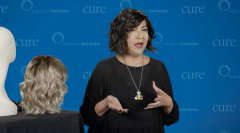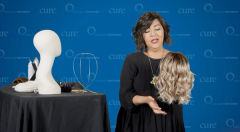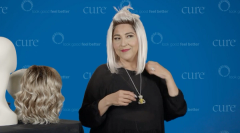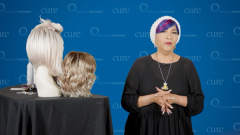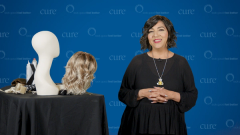
Tips for Hair Loss and Regrowth During Cancer Treatment
In this on-demand webinar series, CURE partnered with Look Good Feel Better to offer patients with cancer offered tips for haircare and hair loss before, during and after treatment.
In part one of CURE’s “Confidently You: Choosing and Styling Wigs that Look and Feel Right” webinar, Daniela Hernandez-Salas, a Look Good Feel Better volunteer, spoke about her journey with hair loss and, based on her experience, offered tips for haircare and hair loss.
In particular, she overviewed wigs and head coverings, as well as way to deal with hair loss and regrowth, while also offering things to avoid along the way.
Summary:
00:36 – Wigs and head coverings for patients with cancer
- Daniela Hernandez-Salas shared insight into her experience with wearing wigs, as well as how patients can cope with appearance-related side effects from cancer treatment.
- ·She also touched on Look Good, Feel Better, and its offerings for patients to learn more about finding confidence throughout a cancer journey.
02:54 – Tips on dealing with hair loss.
- The speaker noted that hair loss is almost always temporary and can grow back after three to six months.
- She added that if hair loss is minimal, patients can consider simply changing their hair length with a shorter haircut; and if patients do want to shave their hair off, always use clippers to avoid having a sensitive scalp.
04:41 – Scalp care during hair loss.
- Because a sensitive scalp requires special care, patients should also be mindful of supporting the health of their hair follicles for when hair can regrow.
- Hernandez-Salas recommended using gentle shampoos and shampooing less frequently.
- Further, she added using an open-toothed comb or brush, and not to over-comb or over-brush the hair.
07:38 – Things to avoid
- Patients should postpone perms, hair relaxing or hair coloring; minimize the use of stiff hairsprays, setting gels or mousses; avoid using heat-styling tools; and refrain from using glues or tapes.
For more news on cancer updates, research and education, don’t forget to

